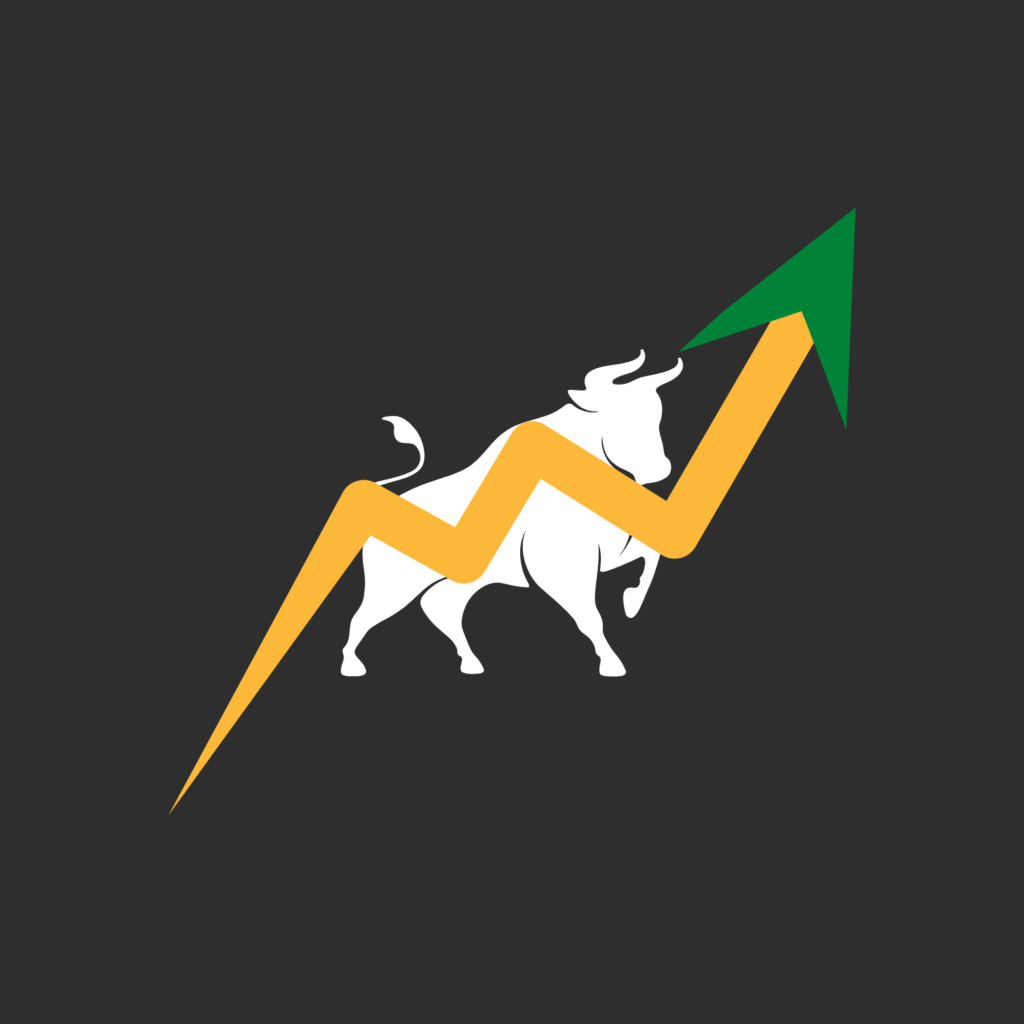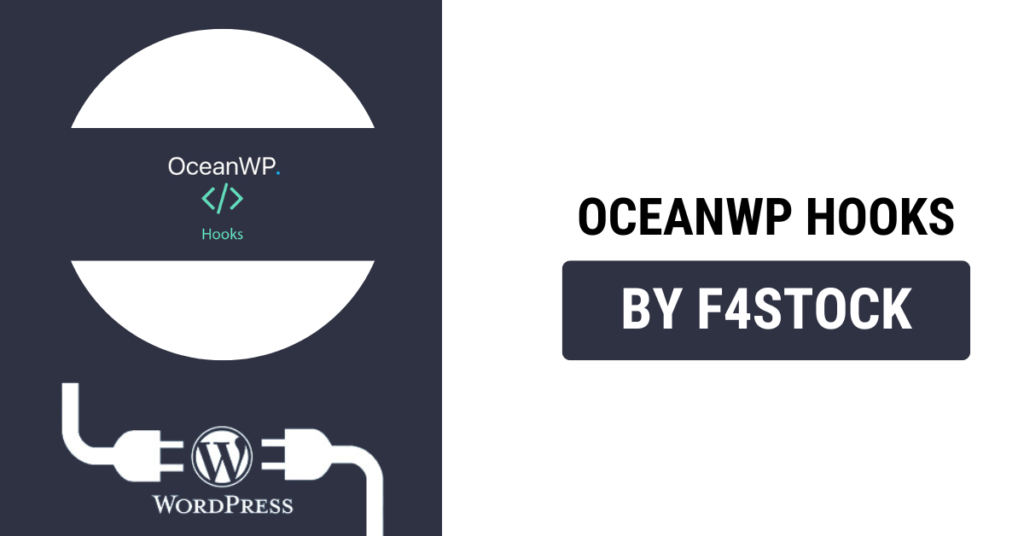When it comes to customizing your WordPress theme, hooks can be a game changer. Hooks allow you to add or modify functionality without having to edit the core theme files. This not only makes it easier to maintain your website but also ensures that your changes won’t be lost during theme updates.
OceanWP, one of the most popular free themes in the WordPress repository, comes with an extensive list of hooks that developers and designers can use to enhance their websites. In this blog, we will explore some advanced tips and tricks for using OceanWP hooks, so buckle up and get ready to take your customization skills to the next level!
Understanding OceanWP Hooks
Before we dive into the advanced tips and tricks, let’s quickly go over the basics of OceanWP hooks. In simple terms, hooks are placeholders that allow you to insert your own code at specific points in the theme. OceanWP has two types of hooks – action hooks and filter hooks.
Action Hooks: These hooks are used to add new functionality or modify existing functionality within a specific location in the theme. For example, you can use an action hook to add a new button in the header or footer section.
Filter Hooks: Filter hooks, on the other hand, are used to modify data before it is displayed on the website. You can use a filter hook to change the color or font size of a specific element on the website.
Advanced Tips and Tricks
Now that we have a basic understanding of OceanWP hooks, let’s explore some advanced tips and tricks for using them.
1. Use Priority to Control Hook Execution Order
When working with multiple hooks, it is important to understand the concept of priority. Each hook has a default priority of 10, which determines the order in which they are executed. However, you can change this priority to control the execution order of your hooks. The lower the number, the earlier the hook will be executed.
For example, if you want to add a custom logo above the navigation menu using an action hook, but the default logo appears after the navigation menu, you can use a priority of 5 to ensure that your custom logo appears first.
2. Use Conditional Tags for Targeted Customization
Conditional tags allow you to target specific pages or sections of your website to apply your customizations. OceanWP has its own set of conditional tags that can be used with hooks. For example, you can use the `is_home()` conditional tag to only display a hook on the homepage and not on any other page.
This is particularly useful when you want to make changes to specific pages, such as adding social media buttons only on blog posts or hiding certain elements from mobile devices.
3. Leverage Third-Party Plugins for More Options
While OceanWP has a vast list of hooks available, you may find yourself needing something more specific or advanced. In such cases, you can leverage third-party plugins that are compatible with OceanWP to add even more options for customization.
Some popular plugins that work well with OceanWP include Elementor and Beaver Builder. These page builder plugins come with their own set of hooks that can be used in conjunction with OceanWP to create powerful customizations.
4. Create Child Themes for Safe Customization
As mentioned earlier, using hooks ensures that your changes won’t be lost during theme updates. However, if you have made extensive customizations and want to ensure they are protected, it is always a good idea to create a child theme.
A child theme inherits the functionality and styling of its parent theme, but any changes made will not be affected by updates to the parent theme. This way, you can make advanced customizations using hooks without worrying about losing them with future updates.


